An interview with Isamu Akasaki
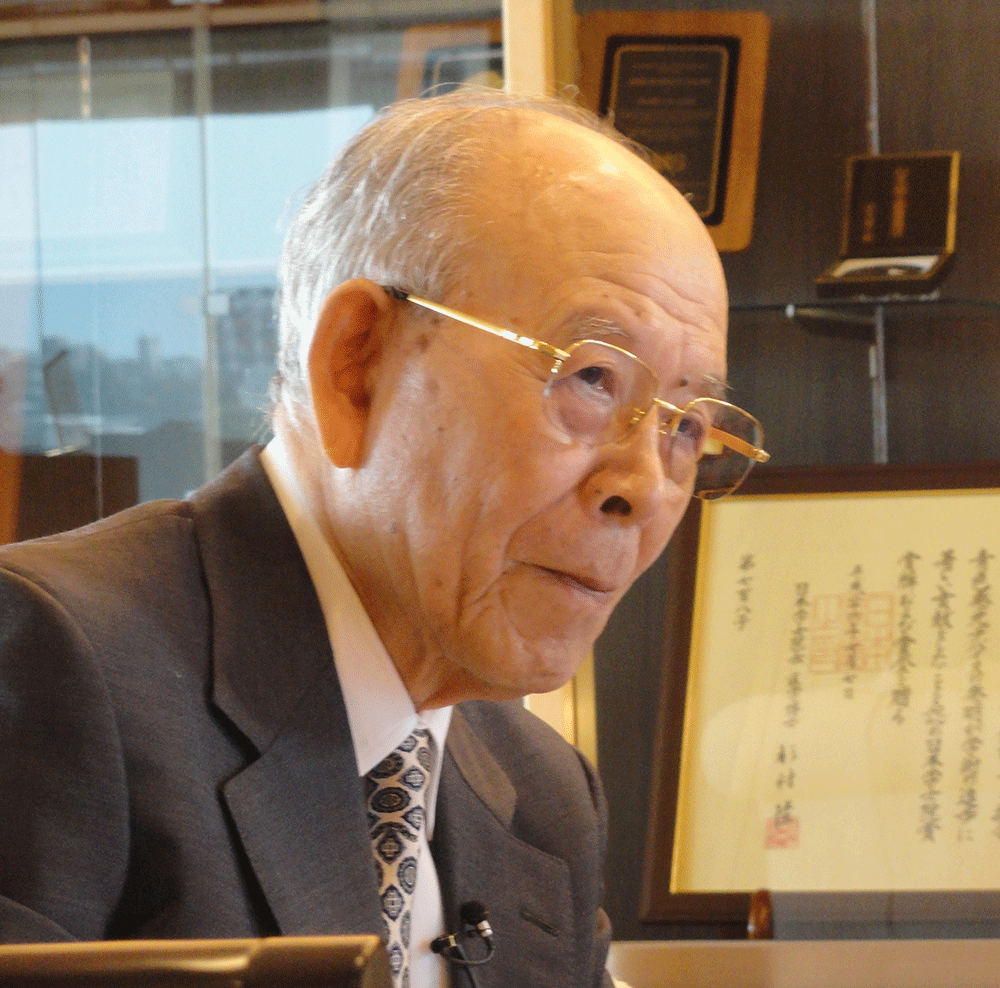 On June 8, 2016, Yue Kuo, an ECS fellow and vice president of The Electrochemical Society, traveled to the Akasaki Institute at Nagoya University in Japan to talk with Isamu Akasaki, a Nobel Prize winner and ECS life member.
On June 8, 2016, Yue Kuo, an ECS fellow and vice president of The Electrochemical Society, traveled to the Akasaki Institute at Nagoya University in Japan to talk with Isamu Akasaki, a Nobel Prize winner and ECS life member.
Professor Akasaki is a materials scientist specializing in semiconductor science and technology. He is a pioneer of efficient blue light-emitting diodes which have enabled bright and energy-saving white light sources. He shares the 2014 Nobel Prize in Physics with Hiroshi Amano and Shuji Nakamura for this work. Prior to their groundbreaking work, scientists had produced LEDs that emitted red or yellow-green light, but not blue. Blue had been thought impossible or impractical to make. Blue LEDs became commercially available in 1994.
The new combination of blue, green, and red LEDs produces white light, and blue LEDs coated with YAG:Ce yellow phosphor appear white to the eye and can be developed for much less energy than that from incandescent and fluorescent lamps, which contain toxic mercury. Prof. Akasaki’s work helped lead to the development of blue semiconductor lasers, which proved useful for high-capacity optical-media devices such as Blu-ray disc players.
What follows is an edited transcript of the conversation between Yue Kuo and Isamu Akasaki, which they had in English.


 The
The 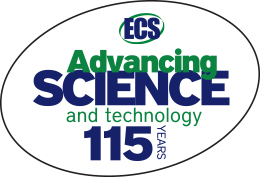 In April 1902, upon the conclusion of the Society’s first meeting in Philadelphia, the Society’s first president wrote the column below, which was printed in the Society’s first publication, explaining the rationale to form the American Electrochemical Society.
In April 1902, upon the conclusion of the Society’s first meeting in Philadelphia, the Society’s first president wrote the column below, which was printed in the Society’s first publication, explaining the rationale to form the American Electrochemical Society.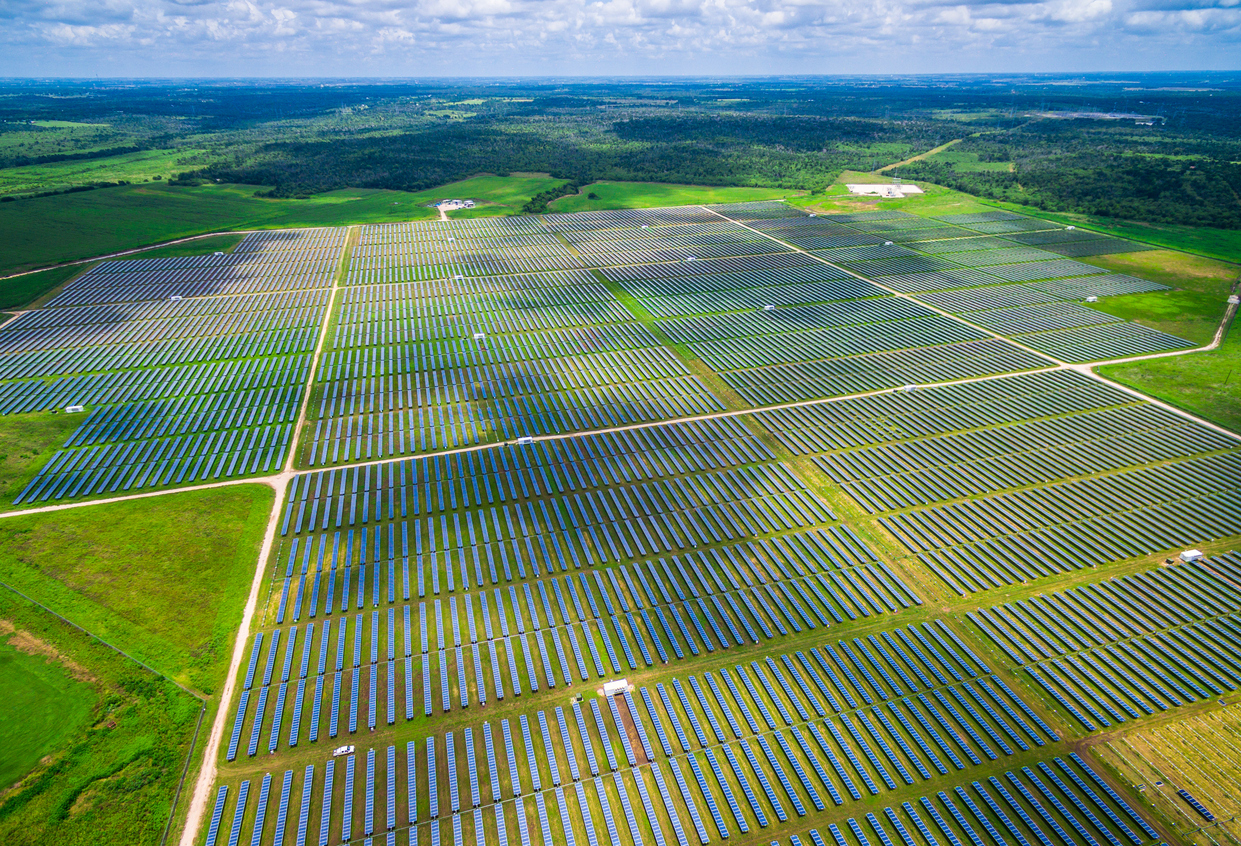 Without knowing it, most Americans rely every day on a class of chemicals called
Without knowing it, most Americans rely every day on a class of chemicals called  Volunteer for six hours at the
Volunteer for six hours at the 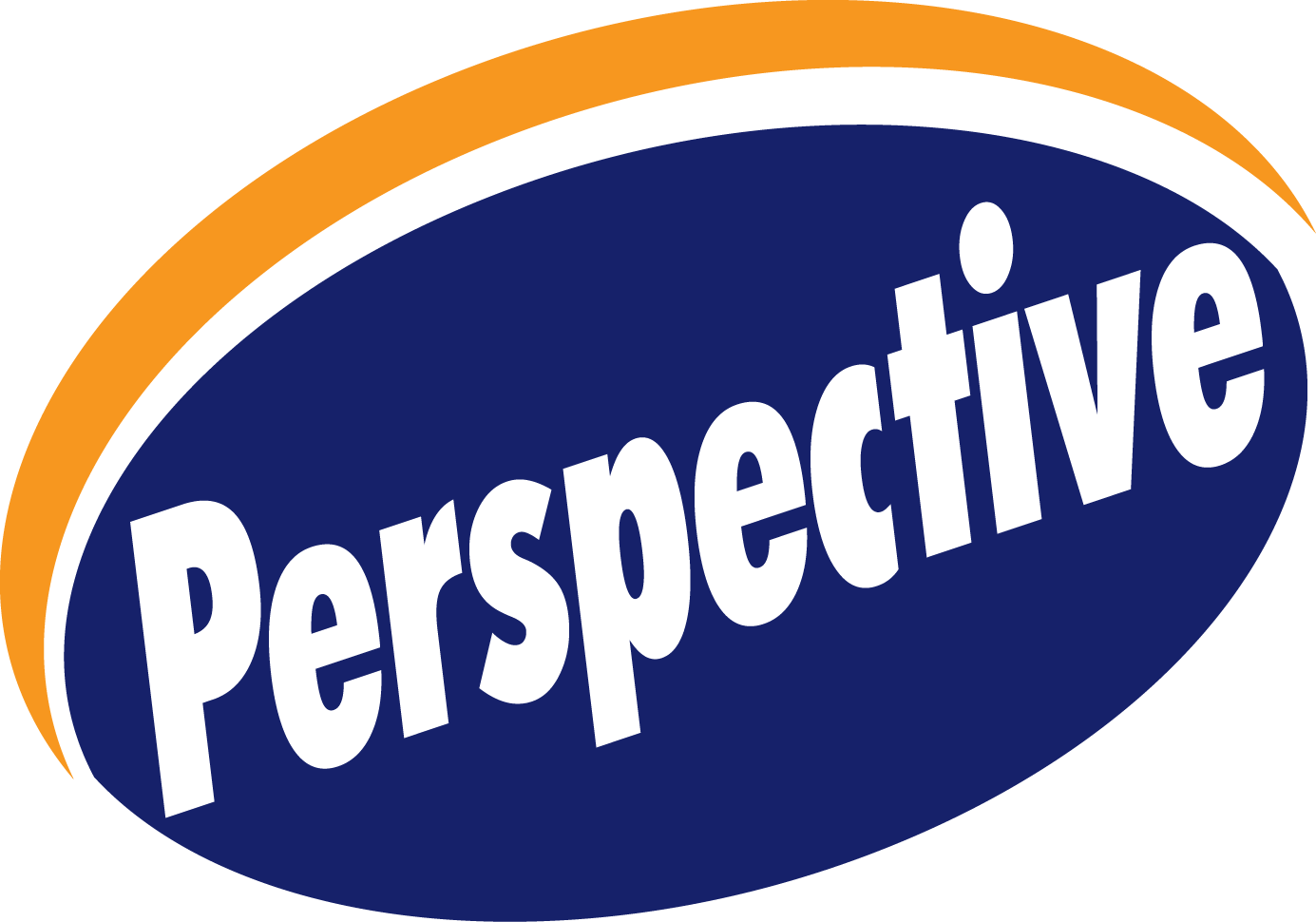 Since 1902, ECS has been at the forefront of publishing electrochemical and solid state science and technology research. For the past 115 years, the Society has been publishing high quality, peer-reviewed journals that contain the work of renowned scientists, engineers, investors, and Nobel laureates. Now, ECS is providing researchers a new avenue to offer insights into emerging or established fields:
Since 1902, ECS has been at the forefront of publishing electrochemical and solid state science and technology research. For the past 115 years, the Society has been publishing high quality, peer-reviewed journals that contain the work of renowned scientists, engineers, investors, and Nobel laureates. Now, ECS is providing researchers a new avenue to offer insights into emerging or established fields:  A newly created material may have the capacity to double the efficiency of solar cells.
A newly created material may have the capacity to double the efficiency of solar cells.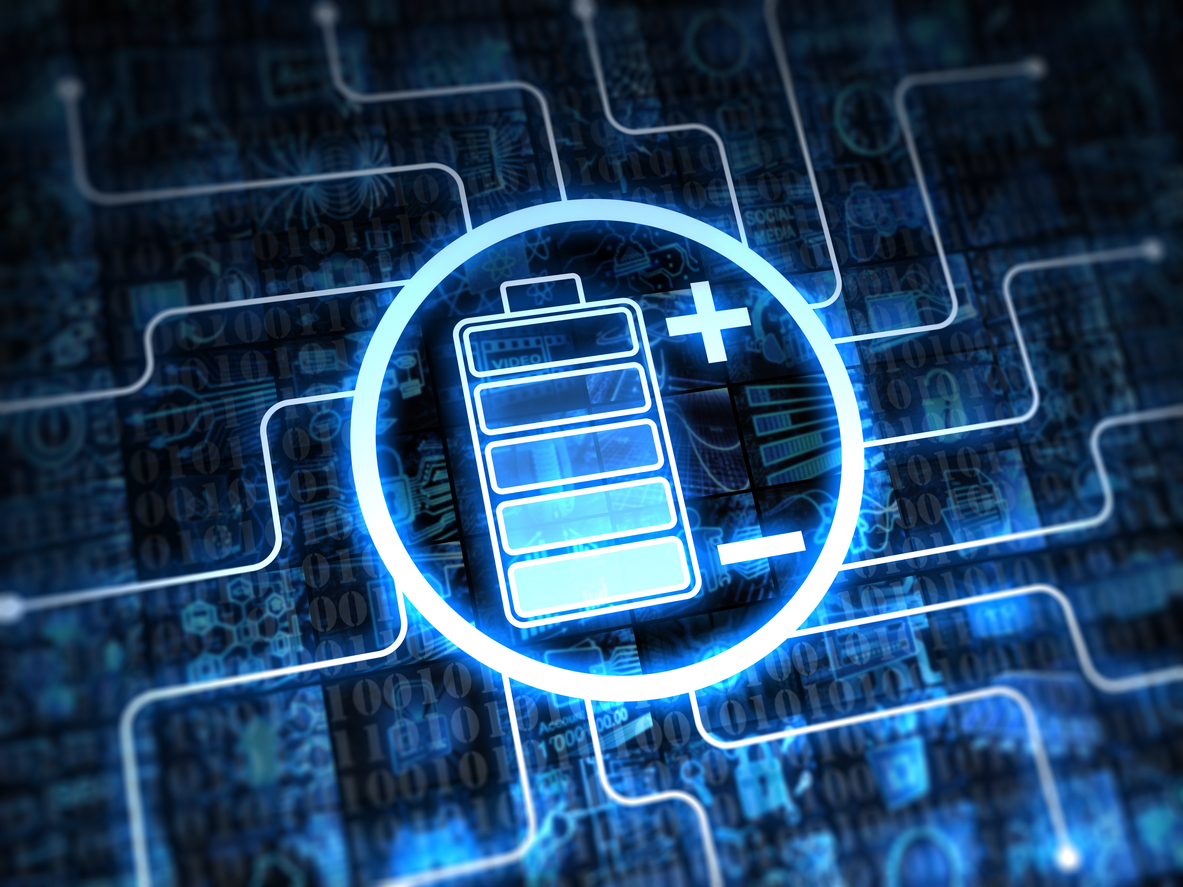 A new mathematical model may help researchers design new materials for use in high-power batteries. According to the research team, the model could benefit chemists and materials scientists who typically rely on a trial and error method when developing new materials for batteries and capacitors.
A new mathematical model may help researchers design new materials for use in high-power batteries. According to the research team, the model could benefit chemists and materials scientists who typically rely on a trial and error method when developing new materials for batteries and capacitors.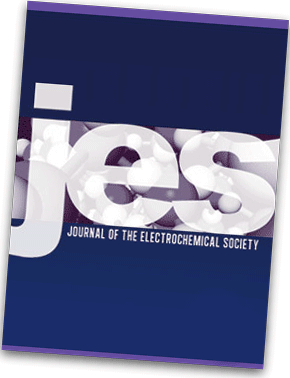 ECS is providing an opportunity for new authors to ask questions and get educated about ECS’s publications.
ECS is providing an opportunity for new authors to ask questions and get educated about ECS’s publications.